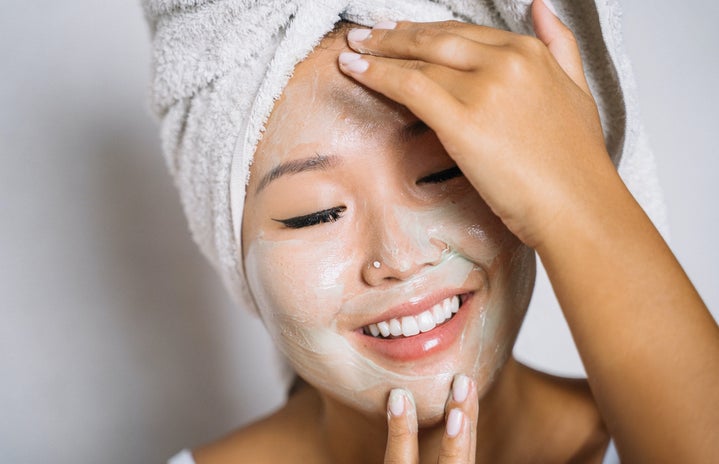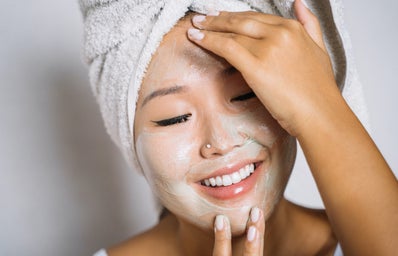Anyone that knows me knows that I’m obsessed with skincare. Which should make sense, because I deal with my fair share of skin problems, including breakouts and post-inflammatory hyperpigmentation. About a year ago, I started getting the occasional facial. What started as easy-going hydrating or oxygenating facials ended with me getting my first chemical peel, but I’ve had a few more since.
For those who are unaware, a chemical peel is a facial in which a potent chemical formula is placed on the skin. Its ultimate goal is to slough off dead skin cells and stimulate new skin cell turnover in order to improve the skin’s overall appearance. That’s why chemical peels are a smart option for those who struggle with acne, scarring or pigmentation problems. Those with sun damage or other skin-aging concerns are also good candidates for chemical peels.
One important thing to note is that chemical peels are not like normal facials and will likely not be as relaxing as one. Therefore, if you are scheduling one just for a “treat yourself” spa day moment, this may not be the best option for you. However, that’s not to say you won’t enjoy your experience. Plus, the results are totally worth it either way.
Chemical peels are intense, and some more than others. It depends on how much the esthetician layers on your skin, but each level of chemical peel will be thorough. When this whole process is happening, you’ll likely feel a burning sensation. Don’t worry, your esthetician will be fanning your face throughout the process so that you’re never too overwhelmed. Eventually, this sensation goes away, but one of the rules of chemical peels is to not go into saunas, do intense workouts, swim or shower if it means getting your face wet. When you get your face wet, it reactivates the peeling solution and makes your face feel like it’s on fire all over again.
If we think about the nature of chemical peels and what it is doing to our skin, it is easy to understand that it’s very important to protect the skin barrier. Chemical peels make even the thickest, most resistant skin types seem sensitive. It is vital that you keep your skincare routine simple, meaning no intense active ingredients. The last thing you want is to overwhelm your skin’s barrier and ruin it. This also means that a broad spectrum SPF must be incorporated into your routine if it isn’t already. In fact, it is recommended that you limit your time outdoors post-treatment especially during prime UVA hours, and if you can’t do that, make sure to wear a wide-brimmed hat with your SPF.
However, the most notable part of the chemical peel downtime that can be hard is the amount of shedding that will occur. Basically, your face will peel off like an old snakeskin in anywhere from three to seven days. When this is happening, it’s really tempting to “help” by exfoliating or physically peeling the dead skin yourself, but the process works best when it happens as a natural result of the chemical peel. After this period, you can slowly incorporate active ingredients like retinoid back into your skincare routine. Just make sure you halt your use of those again before your next peel!
Ultimately, I think most people would benefit from getting a chemical peel. This procedure has left my skin looking clearer, brighter and more even-toned than ever before. If you’ve been thinking about getting one, consider this your sign!


